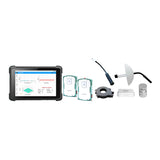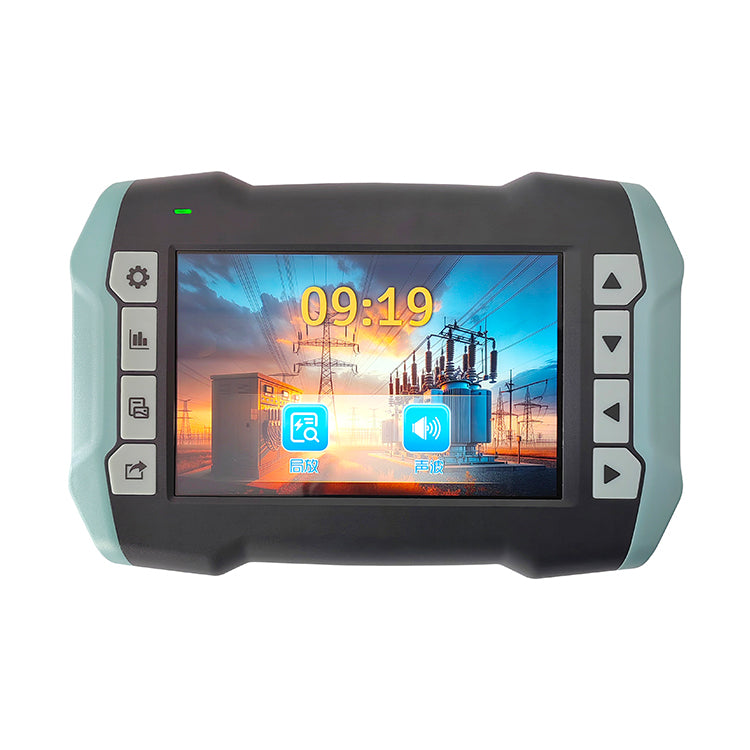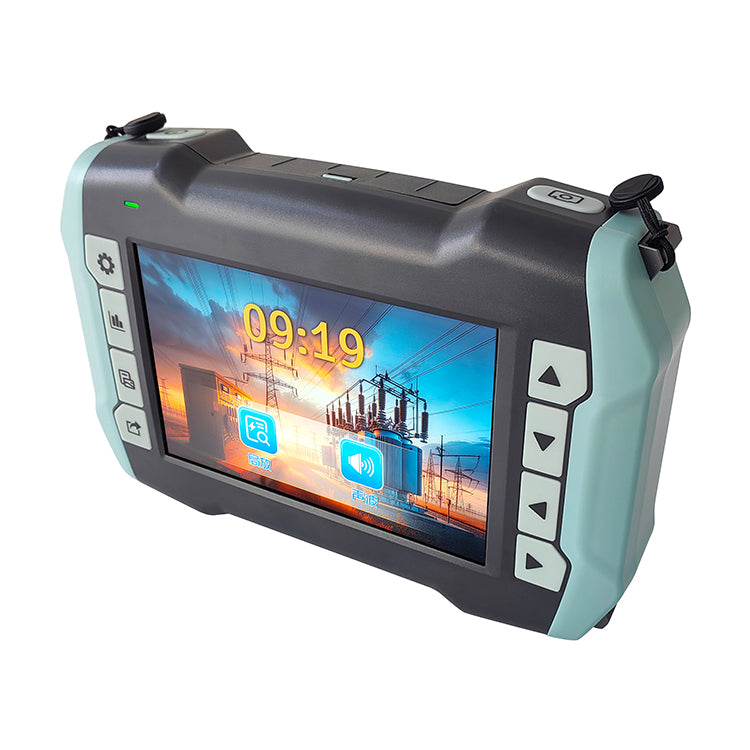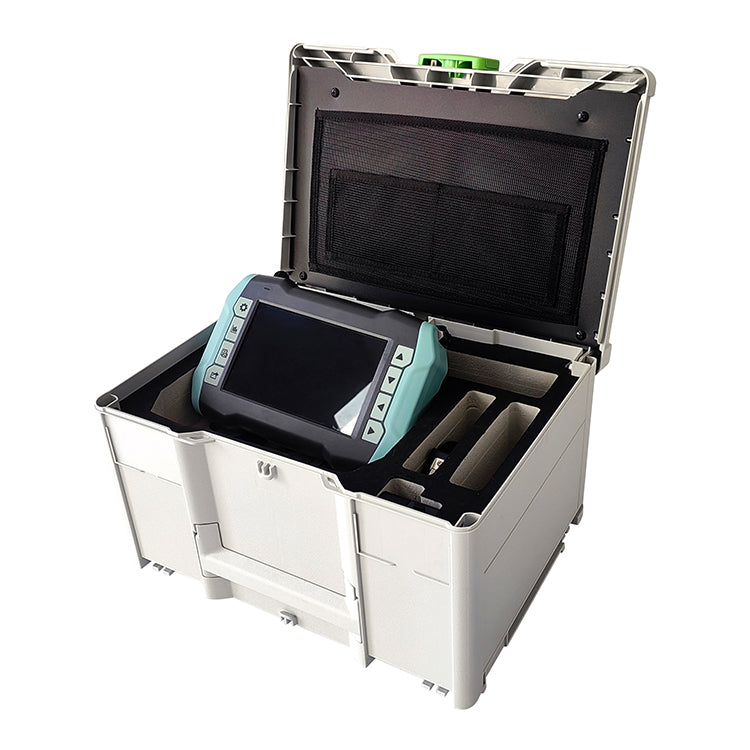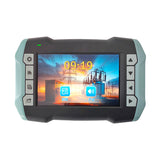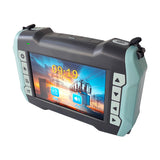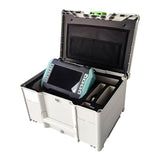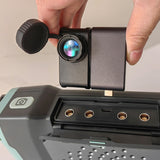MSJF-3003B partial discharge detector (acoustic infrared version) uses microphone array technology to collect acoustic data, combined with high-definition cameras to achieve acoustic positioning. Using beamforming to achieve acoustic positioning technology analysis, acoustic distribution data is obtained, and then the acoustic distribution data is fused with video to generate an acoustic cloud map, which is dynamically displayed on the screen.
It can be widely used for partial discharge detection in power systems, including high-voltage switchgear, ring main unit, voltage/current transformers, transformers (including dry-type transformers) GIS、 The insulation state detection of overhead lines, cables and other equipment measures the discharge degree of electrical equipment through the following indicators: partial discharge intensity detection: by measuring the discharge signal within one power frequency cycle, the intensity of partial discharge is characterized by the maximum value (dB) in the discharge pulse sequence.
◇ Product Features
The acoustic imaging module is developed in conjunction with application scenarios such as power system inspection robots, drones, and online monitoring, and can adapt to various occasions. Once a gas leak occurs, the sound and image module can sense the ultrasonic/sound waves generated during the gas leak, locate the location of the leak, and issue an alarm. The implementation of this function is based on acoustic imaging technology, using a microphone array to scan spatial sound waves, determine the fault location through the phase difference of sound waves, and obtain a "sound image".
1. Configure different sensors to realize partial discharge detection of almost all high-voltage electrical equipment;
2. Provide various discharge spectra such as time-domain waveform, PRPD, PRPS, etc., to achieve analysis of different discharge types;
3. Adopting non-invasive detection methods, there is no need for power outages or additional high-voltage sources during the testing process, making it more convenient to use than traditional pulse based partial discharge detectors;
4. The testing bandwidth range is 30kHz to 2.0GHz, suitable for detection principles in various frequency bands.

